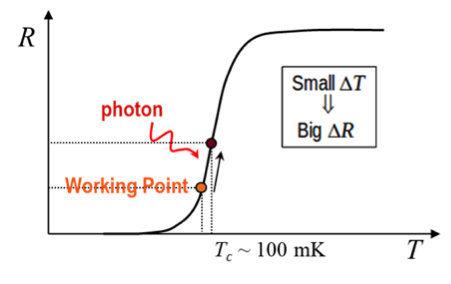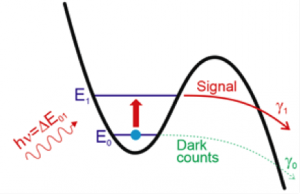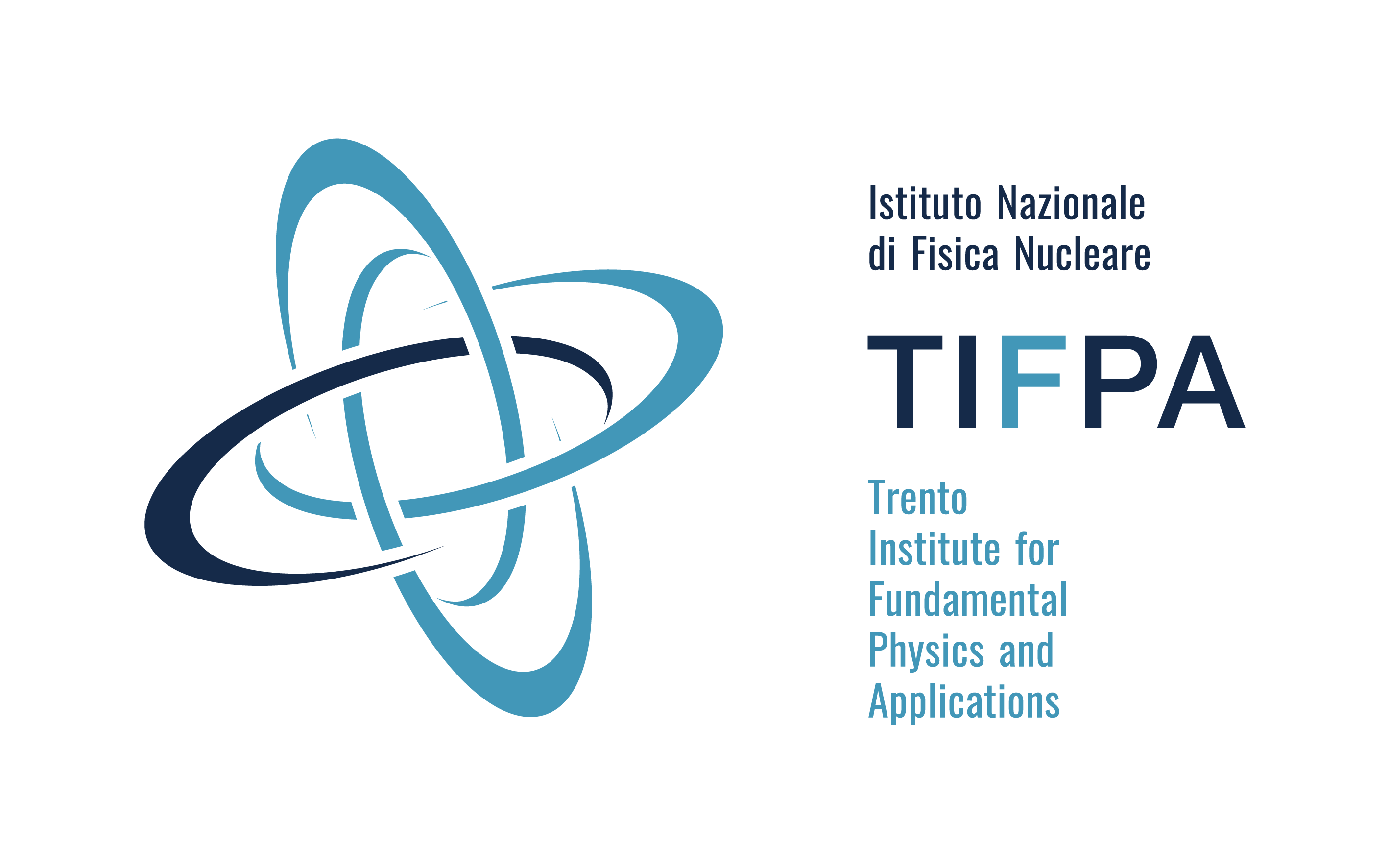SIMP - SIngle Microwave Photon
INFN has financed the SIMP project (2019-2021) in order to strengthen its skills and technologies in the field of meV detectors with the ultimate aim of developing a single microwave photon detector. This goal will be pursued by improving the sensitivity and the dark count rate of two types of photodetectors: Current Biased Josephson Junction and Transition Edge Sensor.
The Science
The possibility to build electronic nanoscale devices operated at millikelvin temperatures has started the superconducting quantum technology. To the more traditional applications, that include for example cosmic background radiation and THz imaging, has been recently added the development of the circuit quantum electrodynamics, that is the realization of on-chip quantum optics circuits in the microwave frequency range.
Axions were introduced to solve the so-called “Strong CP problem” and are expected to be light sub-eV particles weakly bound to ordinary matter and, for this reason, are good candidates for Dark Matter. An increasing number of experiments intends to exploit the conversion of Dark Matter axions by means of strong magnetic fields into microwave photons.
All these activities will benefit from the development of ultrasensitive microwave photon detectors. More specifically, the axion experiments require not only high sensitivity but also low dark count microwave detectors. In fact, the typical expected rate of the axion-to-photon conversion is around 10-2-10-3 Hz.
The SIMP project has the goal of developing two types of single microwave photon detectors: Transition Edge Sensor for the frequency range 30-100 GHz and Current Biased Josephson Junction for the frequency range 10-50 GHz.
Transition Edge Sensors (TES) are thermometers based on the steep resistive transition of a superconducting material: superconducting films are biased within the transition region where the high slope of the resistance vs temperature curve enhances the sensitivity to temperature variations and makes them thermometers suitable either as bolometers or as microcalorimeters (see Fig. 1). TESs were developed for measurement of single photons from gamma and X-ray down to the visible and near infrared region where they demonstrated photon-number-resolving capability. The standard TES readout configuration is the voltage-biased TES with superconducting quantum interference device (SQUID) current readout (see Fig. 2).
Superconducting circuits based on Josephson junctions are fabricated by standard lithographic technologies and can be integrated in complex systems, with an extremely high flexibility and controllability. The nonlinearity of the Josephson junctions allows the realization of systems behaving as artificial atoms, with typical level spacing of the order of few GHz up to tens of GHz (see Fig. 3). All these characteristics make them interesting as detectors for microwave single photons.
TEAM
• Involved external institutions: Università di Salerno; CNR - Istituto di Fotonica e Nanotecnologie, Rome; CNR - Istituto di Fotonica e Nanotecnologie, Trento; Università del Sannio; NEST, Pisa; Università di Pisa; Università di Roma Tre; Istituto Nazionale di Ricerca Metrologica (INRIM), Turin; Fondazione Bruno Kessler, Trento
• INFN groups: Laboratori Nazionali di Frascati, Gruppo Collegato di Salerno, Pisa, TIFPA, Genova
• Principal Investigator: Claudio Gatti (INFN - Laboratori Nazionali di Frascati)
• INFN Project: CSN V
• Duration: 3 years (2019-2021)
TIFPA Team
• Local responsible for TIFPA: Paolo Falferi (TIFPA-INFN, IFN-CNR, FBK Trento)
• Involved TIFPA people: Benno Margesin (TIFPA-INFN, FBK Trento)
Images

Fig. 1. Working principle of a single-photon TES. Thanks to a sharp superconducting transition small changes in temperature cause large changes in resistance.

Fig. 2. Example of a SQUID readout circuit of a voltage biased TES.

Fig. 3. Washboard potential describing the dynamics of the superconducting phase of a CBJJ.



